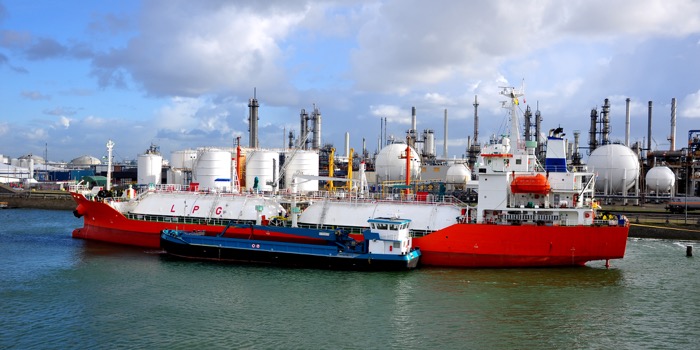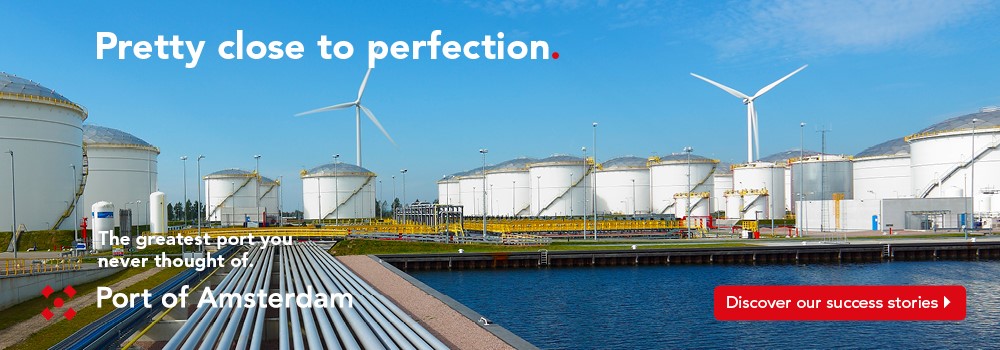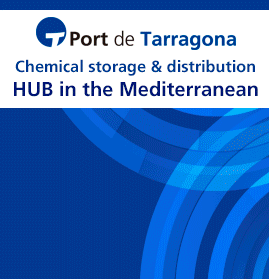Port of Gothenburg enhances efficiency through automation
The Port of Gothenburg has implemented what has amounted to a major surge in automation, governing large-scale pumping between terminals and refineries. The new system will ensure the terminals receive rapid, concise notification about when pumping can take place, and they can also see the exact cost on completion, making efficiencies in both cost and time.
The Port of Gothenburg is the largest open access energy port in Scandinavia with some 2,500 tankers berthing each year, handling crude oil, petrol, diesel and other energy products.

“In 2016, we broke the record when 23.7 million tonnes of oil passed through the port. If it wasn’t for a scheduled maintenance shutdown, we would have more than surpassed that figure during 2017. There is a clear upward trend in the handling of energy products,” said Jill Söderwall, Head of Commercial Operations at the Energy Port.
The increase in volumes has resulted in a higher level of quay space utilisation, which means that vessels need to be turned around more quickly and more efficiently than before, yet still adhering to the same strict safety requirements. The entire process requires a finely tuned operating system at every stage, and as part of its development work the Port of Gothenburg has invested in a new automation platform.
“We are striving continuously to eliminate bottlenecks, and the project involves building up an automation platform. This is a long-term project and a vital part of our ambition to enhance efficiency even further,” said Jörgen Wrennfors, Production Development Engineer at Gothenburg Port Authority.
A good example of automation is the pumping administration system, which was previously handled by an older arrangement with a large number of manual components. The new solution, complete with the latest process control systems, offers clarity and simplicity, and both the port and the pumping operator can monitor statistics directly and see the exact cost of hiring the facility. The application books in customers based on the date and time pumping is required, along with the location and type of product. Better oversight facilities operational planning, and the entire procedure is made more flexible, benefitting both the Port of Gothenburg and its customers. Above all, it improves quality and safety.
The use of digital systems has resulted in more effective control and enhanced safety. There are a number of control points in the area, all of which need to be checked at least every four hours. This takes place day and night, all year round. Previously, the control points were checked using barcode scanners and pen and paper, but now the pipeline supervisors receive all the information they require via computer tablets. Each tablet is linked to a GPS system that confirms the presence of the pipeline supervisor.
“The pipeline supervisors can report deviations, such as temporary pumping stoppages, allowing the customer to follow events via the system history log. This has been one of the main reasons for our high level of customer satisfaction,” said Eric Berndtsson, Production Planner at the Port of Gothenburg.
Increased automation at the port has freed up a further 2.2% of production capacity in the pipeline system. This is something that benefits the port, terminal, refinery and vessel, and translates into an additional 600 hours of production capacity each year.
For more information, visit: www.portofgothenburg.com
12th Mar 2018

















